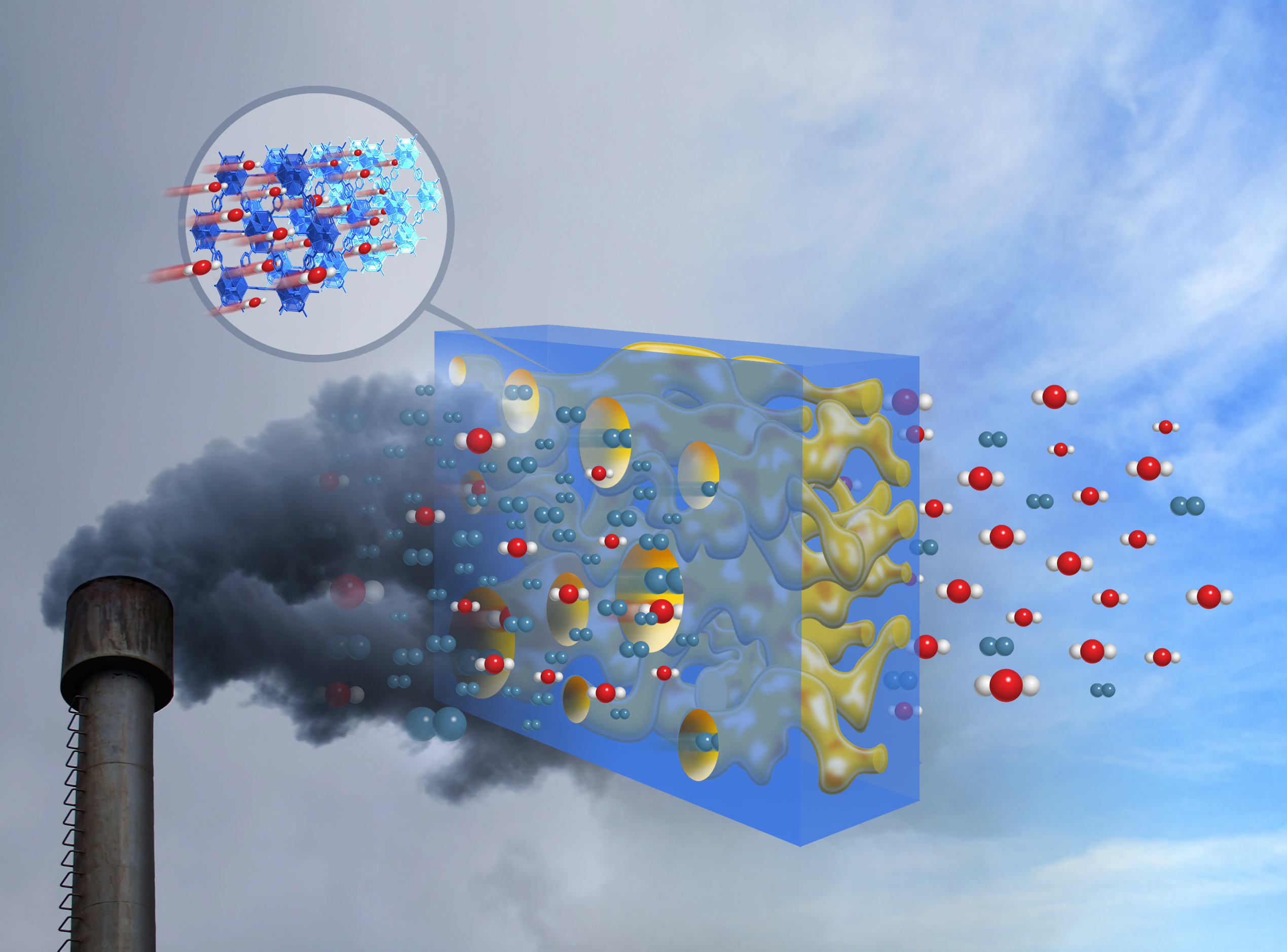Researchers at the Department of Energy’s Oak Ridge National Laboratory (ORNL) are pioneering a revolutionary battery technology that tackles climate change with a double-barreled approach. These novel “carbon-capture batteries” not only store renewable energy but also go a step further by simultaneously capturing harmful carbon dioxide (CO2) emissions.
The technology functions similarly to conventional rechargeable batteries. It can store excess electricity generated by solar panels or wind turbines during peak production times. This captured energy can then be released when renewable sources are unavailable, ensuring a more consistent and reliable power supply. However, the carbon-capture battery boasts an additional, environmentally friendly twist.
When the battery discharges, it triggers an electrochemical reaction that utilizes CO2 captured from the air or industrial sources. This reaction transforms the captured CO2 into a solid form, potentially usable in the creation of various products. Essentially, the battery acts as a dual-function device, storing clean energy while simultaneously removing CO2, a major greenhouse gas, from the atmosphere.
The development of this technology holds immense promise for the future of renewable energy storage and climate change mitigation. Currently, the intermittent nature of solar and wind power poses a significant challenge. Solar panels only generate electricity during daylight hours, and wind turbine efficiency is highly dependent on wind speed. This inconsistency can lead to grid instability, hindering the widespread adoption of renewables.
Carbon-capture batteries offer a potential solution by providing a reliable storage mechanism for excess renewable energy. This stored energy can then be used to fill the gaps when solar and wind production is low, creating a more stable and dependable power grid. Additionally, by capturing CO2 emissions, these batteries contribute directly to reducing greenhouse gas concentrations in the atmosphere, mitigating the effects of climate change.
While the technology is still in its early stages of development, the initial results from ORNL’s research are encouraging. The researchers have successfully tested two different battery formulations, demonstrating the feasibility of the concept. Further research and development are needed to improve the efficiency and scalability of the technology before widespread implementation.
However, the potential benefits of carbon-capture batteries are undeniable. This innovative technology offers a unique opportunity to address two critical challenges simultaneously:ensuring a clean and reliable energy future while combating climate change. The successful development and deployment of carbon-capture batteries could revolutionize the energy sector and pave the way for a more sustainable future.





